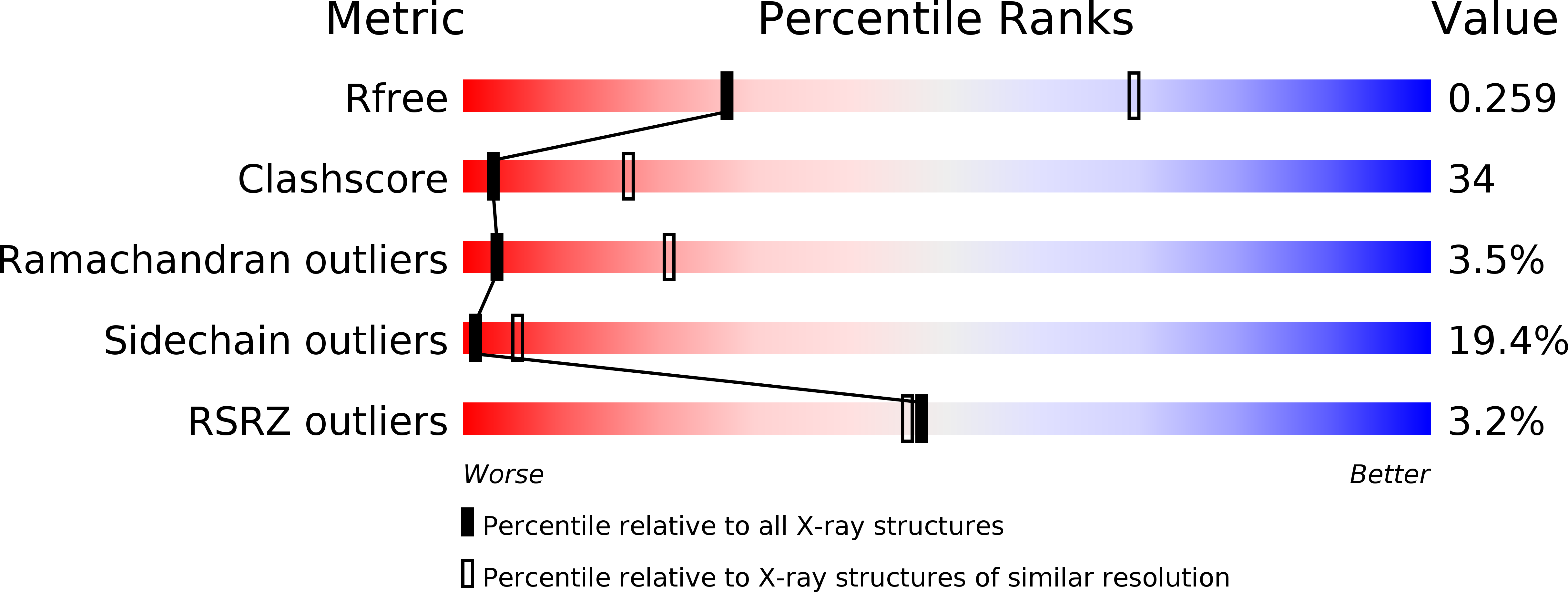
Deposition Date
2012-11-28
Release Date
2013-03-27
Last Version Date
2024-03-20
Entry Detail
Biological Source:
Source Organism:
Streptococcus mutans serotype c (Taxon ID: 210007)
Host Organism:
Method Details:
Experimental Method:
Resolution:
3.30 Å
R-Value Free:
0.27
R-Value Work:
0.23
R-Value Observed:
0.23
Space Group:
P 31 2 1


